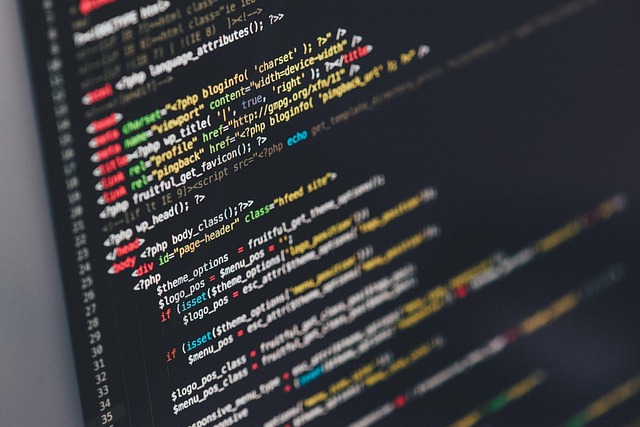
Mastering Coding Style: A Deep Dive into the World of IT and Informational Technology
In the realm of IT and informational technology, mastering coding style isn’t just a necessity; it’s an art form. Coding style refers to the conventions and guidelines that programmers follow while writing code. These standards encompass everything from naming conventions to code structure, and they play a crucial role in enhancing code readability and maintainability.
Coding style influences how developers interact with each other. Imagine working on a project with a team of skilled programmers. If each member adheres to different coding styles, collaboration can quickly become chaotic. Consistent coding style promotes clear communication, with easily understandable code that feels like a well-oriented dialogue among developers. Every line of code tells a story, and a well-maintained coding style ensures that story stays coherent.
Moreover, the significance of coding style extends beyond mere aesthetics. It’s fundamentally tied to the principles of clean code and software craftsmanship. In an age where rapid deployment and agile methodologies dominate, maintaining a consistent coding style can greatly reduce bugs and improve the efficiency of scaling applications. Developers can seamlessly hand over projects, thanks to standardized practices that enhance not only the quality of the code but also the learning curve for newcomers. When standard conventions are applied, everyone aboard the project can grasp the codebase more efficiently.
In IT, where technology evolves at breakneck speed, adhering to a well-defined coding style prepares teams to adapt. Whether it’s using conventional frameworks like Java, Python, or newer technologies, a fundamental grasp of coding style sets the groundwork for an adaptable coding environment. This adaptability isn’t merely about the syntax; it encapsulates an understanding of best practices established over years of software development.
Engaging with the vast landscape of coding styles can also enrich a developer’s skill set. Each coding language carries its own flavor of style, influencing how developers express solutions. By diversifying their coding practices, programmers harness the power of different styles, blending techniques to enhance their creative problem-solving toolkit. This not only bolsters their programming prowess but allows them to contribute to more complex projects with confidence.
As we delve deeper into the world of IT, the importance of mentoring and peer code reviews can’t be overstated. Junior developers benefit greatly when they are guided in coding style practices by more experienced colleagues. These interactions not only help newer programmers to learn the ropes but also foster a culture of shared knowledge. This sense of community is vital in the fast-paced realm of technology, where learning doesn’t stop at any point in a developer’s career.
Coding style, as a discipline, transcends technical guidelines; it reflects a developer’s commitment to producing quality work. Whether you are a novice programmer or a seasoned software engineer, embracing a well-defined coding style can lead to cleaner code and more robust applications. In the end, coding style is more than just a personal preference; it’s about building a cohesive, collaborative, and efficient coding culture within the IT community.



